
50 European Museums in 50 weeks
Beaney House of Art and Knowledge | Grayson Perry: The Vanity of Small Differences
October 12, 2016
This exhibit, which we stumbled on entirely by accident, was a surprise and a joy. We were visiting Canterbury for the day, and we stepped into the Beaney House because this is where the town’s Visitor Information Centre is. I had a vague idea that it also contained a collection of historical paintings and artifacts. However, I had no idea that it would also have an exhibit by Grayson Perry, one of Britain’s most popular contemporary artists.
The exhibit features six large scale tapestries, loosely based on William Hogarth’s series of paintings, A Rake’s Progress. The morality tale has been recontextualized into the story of Tim Rakewell, a boy who grows up poor, becomes rich, only to die from going too fast in his Ferrari with his new young wife.
In one corner of the show, a video screen shows Perry’s documentary TV series All in the Best Possible Taste, where he went “on a safari amongst the taste tribes of Britain”, examining the lives of people in different classes. He incorporated these people and the details of that research into the tapestries. The story he tells of class mobility allows him to follow one character’s move from working class, to middle class, to upper class and finally to “super rich”.
Perry also took inspiration from art history, specifically from early renaissance paintings from the Sainsbury Wing of the National Gallery. These inspired both the composition of the tapestries as well as some of the details. However the religious details get transposed in a very amusing way — The Annunciation: Virgin Mary becomes The Annunciation of the Virgin Deal as Tim sells his software company to Virgin, and The Adoration of the Magi becomes The Adoration of the Cage Fighters. Grayson’s visual style is very far from Hogarth, the Renaissance, or from the style the great historical tapestries — he favors loud colors and patterns, and a very loose, comic-book style of drawing. Each tapestry incorporates some text, a first person statement from one of the characters in the scene.
He incorporates details of contemporary British life, such as tower blocks in the background of Lamentation, the “Penguin Classics” mugs in the Annunciation and the everpresent CCTV cameras. The contrast between the classic art references and these elements made a funny yet clever commentary on British society.
All images Arts Council Collection, Southbank Centre London and British Council. Gift of the artist and Victoria Miro Gallery with the support of Channel 4 Television, The Art Fund and Sfumato Foundation with additional support from AlixPartners. © Grayson Perry.
Photography © Stephen White
© 2025 50Museums.eu | Theme by Eleven Themes
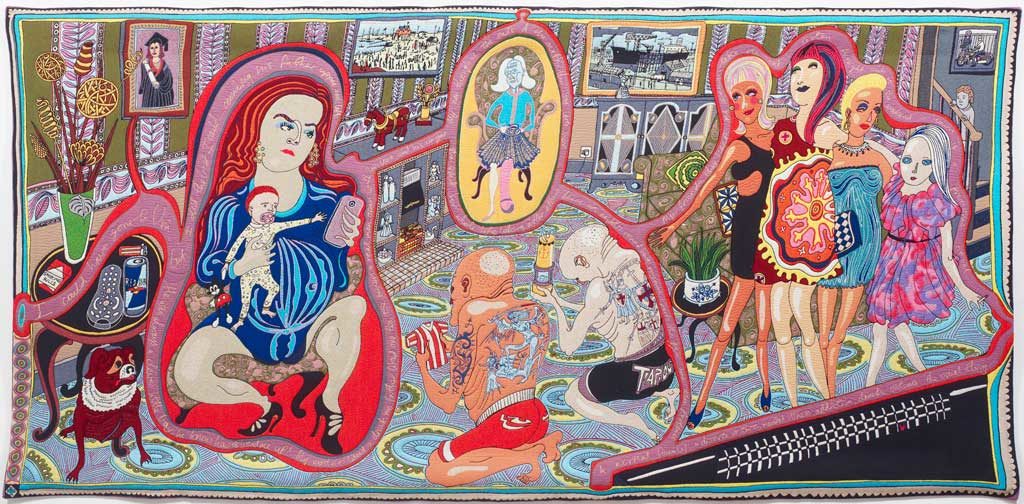
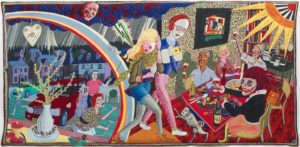
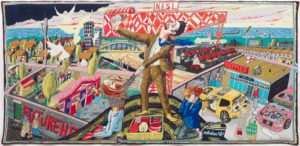
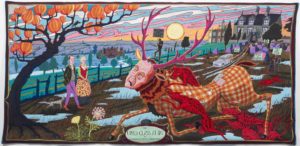
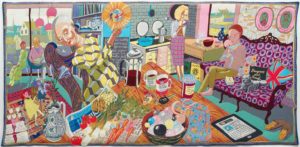
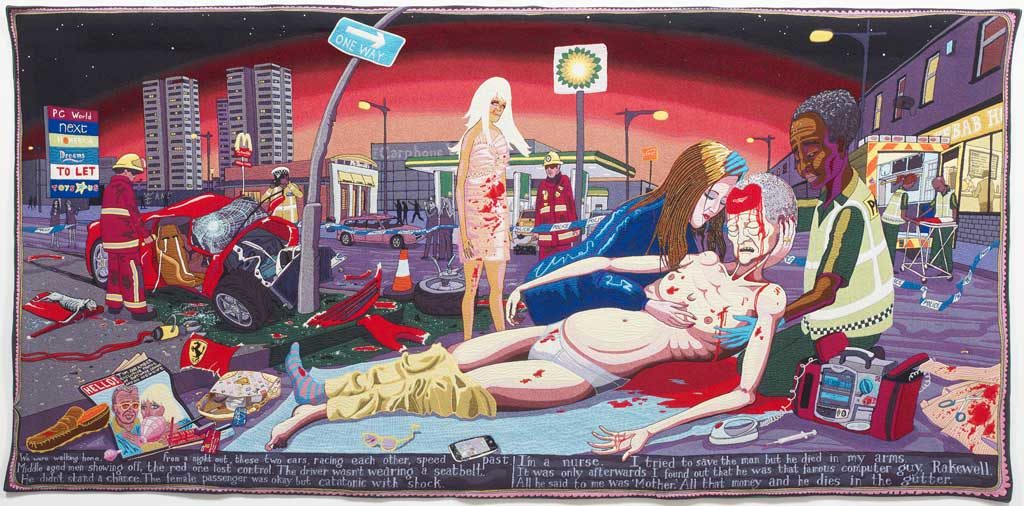
Leave a Comment